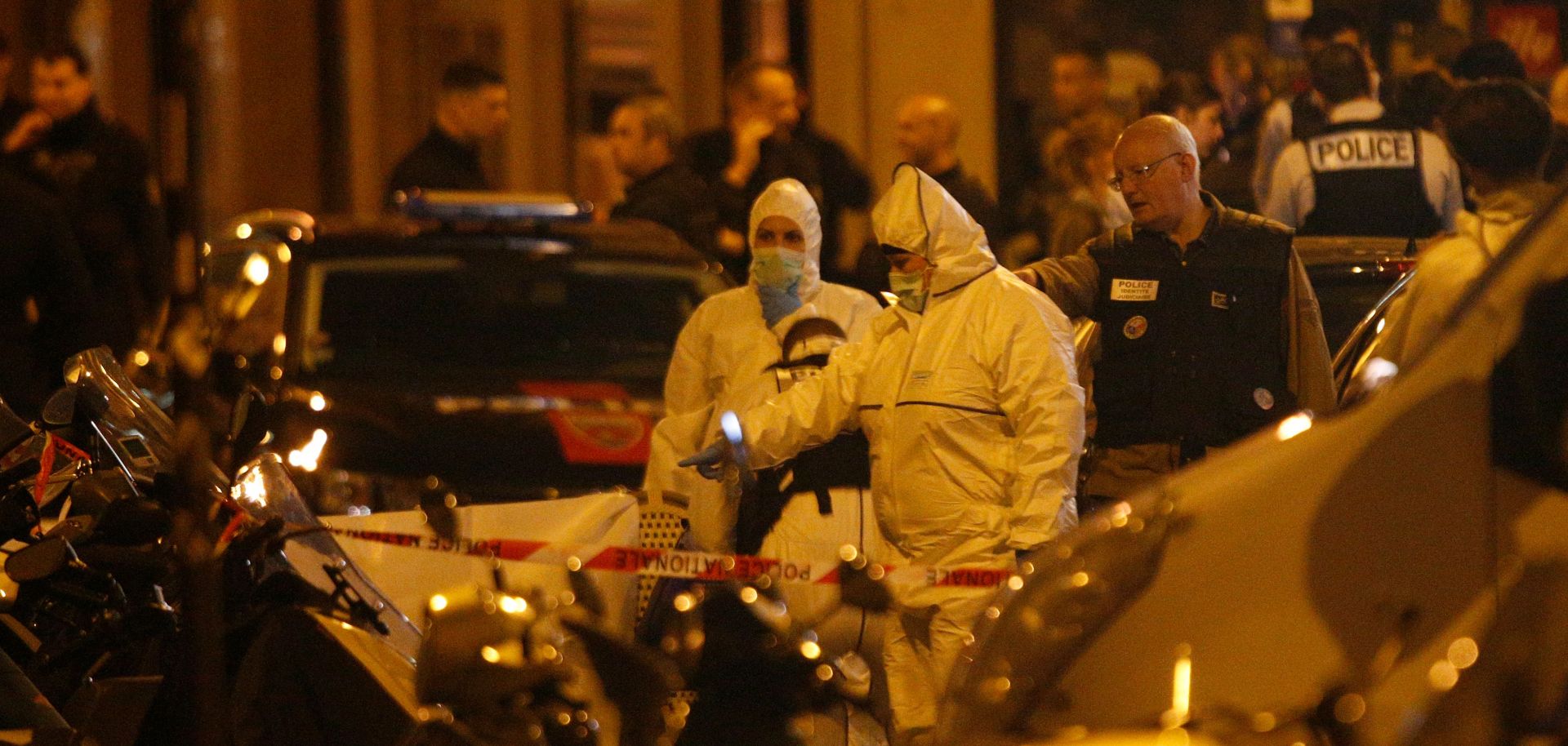COLUMNS
Prevent, Deny, Defend: A Strategy for Dealing With Mass Public Attacks

May 15, 2018 | 10:00 GMT

Forensic officers and a French policemen inspect the area in Monsigny street in Paris after one person was killed and several injured by a man armed with a knife, who was shot dead by police, in Paris on May 12, 2018. The attack took place near the city's main opera house.
(GEOFFROY VAN DER HASSELT/AFP/Getty Images)
Highlights
- Mass public attacks remain a fact of life in the modern world.
- While such attacks are not common, they have a big impact on the victims, and on those responsible for site security.
- The emphasis is on the prevention of attacks because action is always preferable to reaction. But it is also important to be able to deny attackers access to victims and, if that move fails, to be able to defend them.
Subscribe Now
SubscribeAlready have an account?
